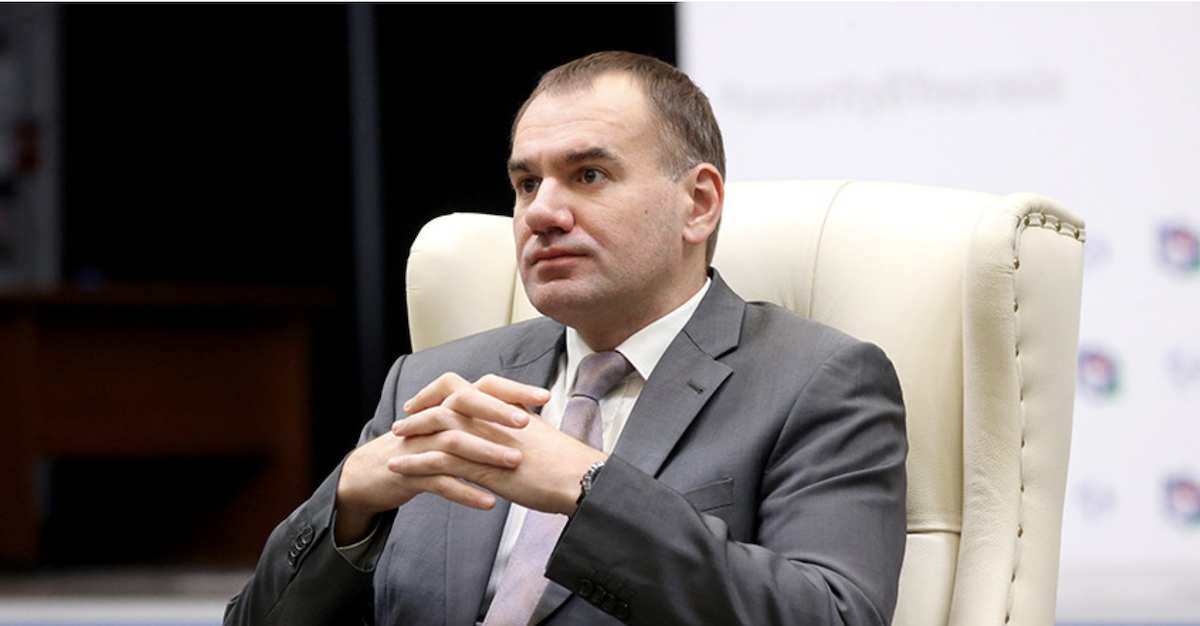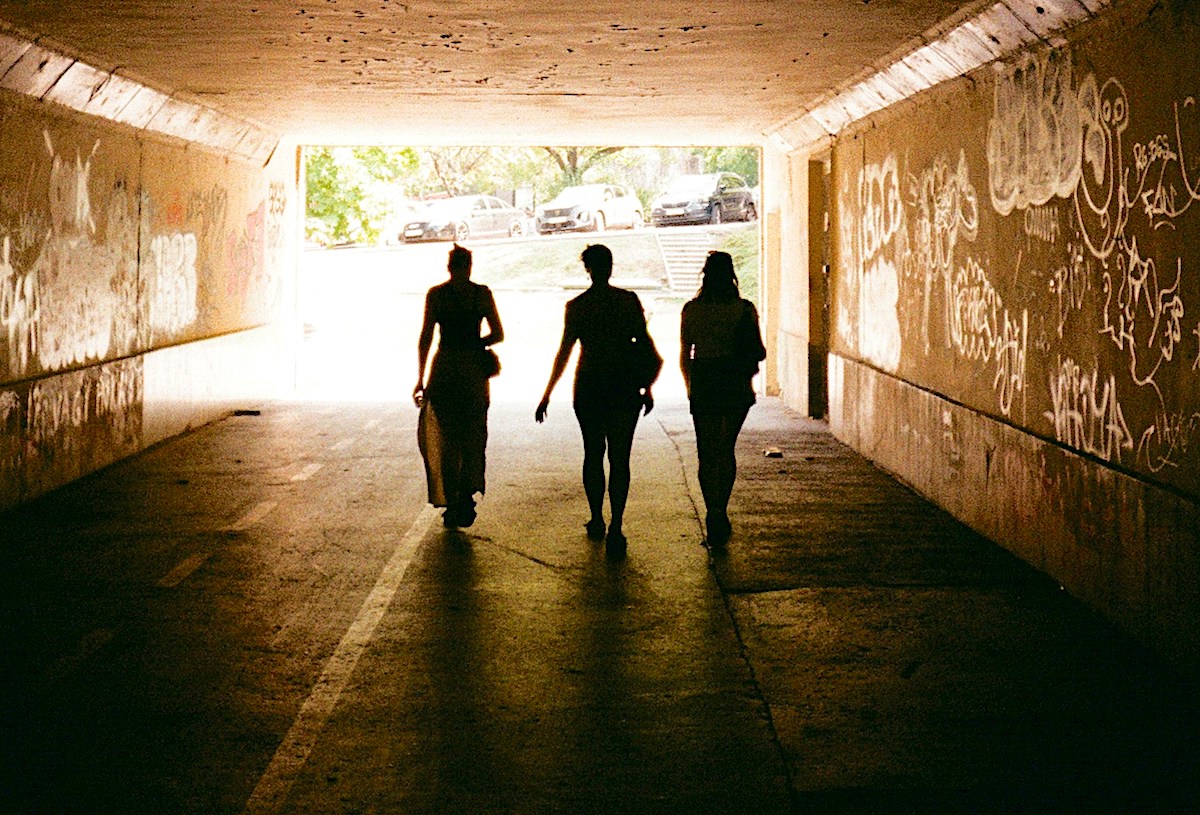An Azerbaijani scrub down – inside Baku’s hamams
Before Baku had an adequate sewage and water system, the hamams provided a practical function: people went once a week to get clean.
The baths were also a place to be seen: women could flaunt their clothes and jewelry, and men could talk shop.
• Who do Baku’s lions safeguard?
• The future of Azerbaijani architecture is already here
Nowadays people go to a bathhouse not so much to wash and talk so much as to relieve stress and relax in peace and quiet.
Baku hamams are also monuments of architecture. Many of them, especially the baths in the old town, were built over a hundred years ago. The Haji Banu hamam was built as far back as the 15th century. Their stone domes allow you to quickly heat the room up and also to retain the heat.


One of the old Baku baths, the Qasim-bek bath, is already 140 years old.
The people call it SheBi – the first syllables of the names of the cities of Sheki and Bilasuvar, where its owner comes from (more precisely, his parents, as they say in Azerbaijan: “I’m half Bilasuvar, half Sheki”).

The Qasim-bek hamam is for men. According to Qoshgar, who has been working there for 16 years, women used to go to this bathhouse. On women’s days, а kelaghayi [a traditional women’s headscarf – ed] was put on the threshold of the bath, and a hat was put on men’s day.
• All about kelaghayis – Azerbaijani traditional headscarves
• Beaches in southern Azerbaijan divided by gender
In fact, in most Baku baths there are men’s and women’s days, or shifts.
Qoshgar works as a kisechi (Az. kisəçi) which originates from the Azerbaijani word kisə, a sort of rough scrubbing glove used to massage and peel away dirt and dead skin cells from the body.
This is a traditional way of washing in Azerbaijan, and many people practice it at home – of course, you need to take a shower before and after.
Scrubbing yourself in this way is difficult, because you have to rub very hard. For this purpose, a kisechi is needed.

At a forum where tourists share their impressions of Baku, one of them complained that the massage therapist persistently approached him several times, although he refused the massage. What he meant was a kisechi, who simply did not understand why a man would come to the bathhouse at all, if not for his services?
Qoshgar says there are both regulars and others who just come from time time. The regulars have their own kisechis, for whose services they come to the bath house.
“Before the procedure, customers tell the kisechis how to rub them: either firmly or gently. This is important because some people have thin skin, and strong friction causes them pain. Some, on the contrary, enjoy being rubbed harder.
“It is necessary to take into account other features of the client – for example, large birthmarks which, God forbid, if they come off, will cause problems,” Qoshgar says.

“Sometimes, when the mood is good, we pull pranks on our customers. Once there was a client, and he got a kisechi with ten years of experience. One of our guys came in and said: ‘Why did you let the guard in and give him a kise?’ He then explained to the client that when there are many visitors, we have to ask whoever is available to fill in.
“The client jumped up in a panic and demand another kisechi. Then he got a guy who had only a year’s worth of experience, whom he really liked… he obviously knew nothing.”

“The main thing in the bath house is the warmth. Many baths are located in the basement and decorated with expensive tiles. Food is also served inside. In general, at first glance, everything looks fine – but its cold down there because there are certain rules on how to build baths and keep them warm.”
Goshgar believes that serving food and drinks in the bath house is wrong:
“After eating, a person becomes heavy, hardly moves, and it is uncomfortable for him to lie down. But you can drink soft drinks.”

In addition to the bath, there is also a massage room and a sauna. After getting scrubbed down, many head to the steam room. There their skin will become even softer and their fatigue will pass.
Kisechi Qoshgar says that the bath is the best place to relax. No phones, no stress.





















